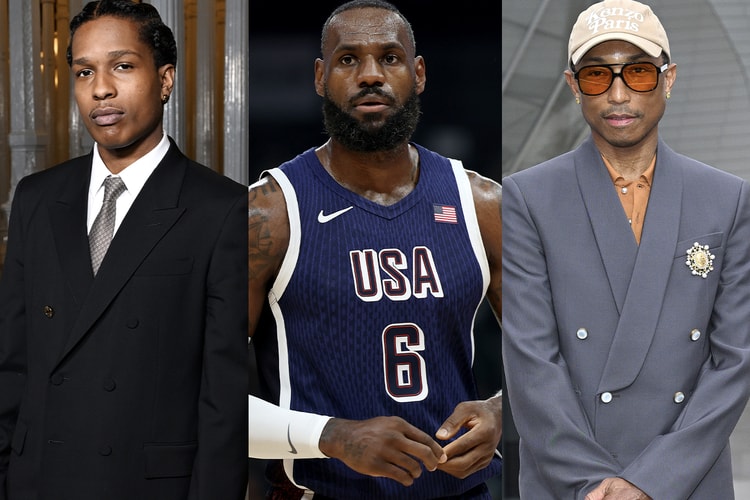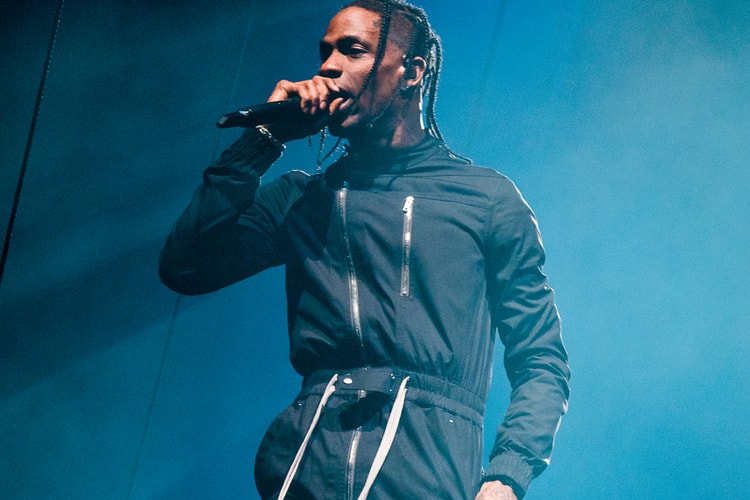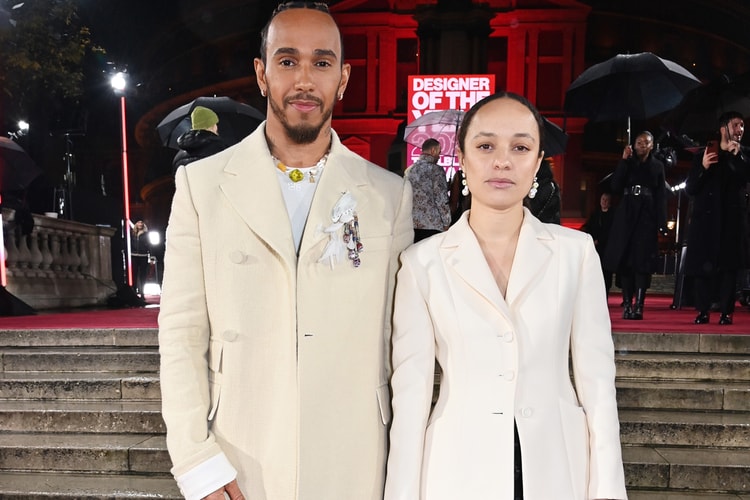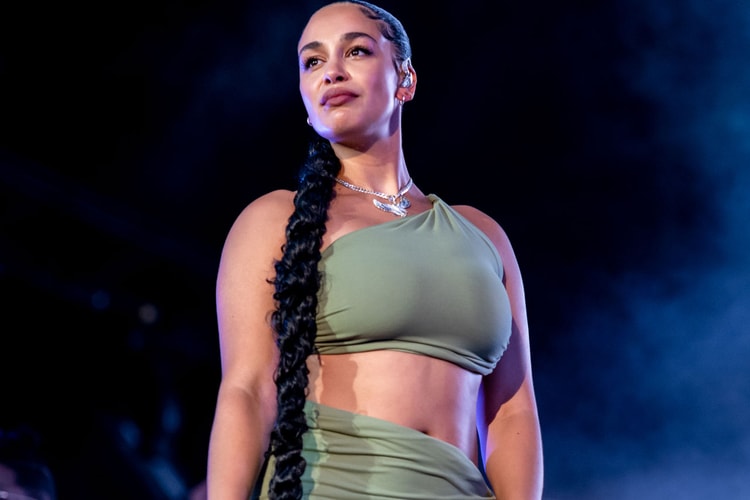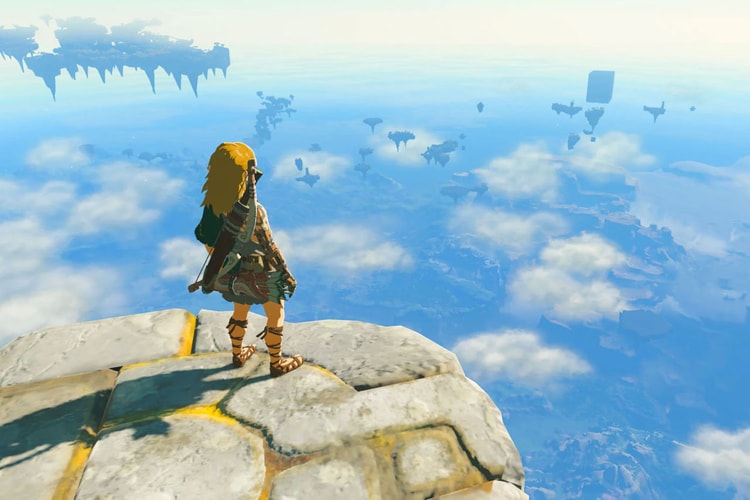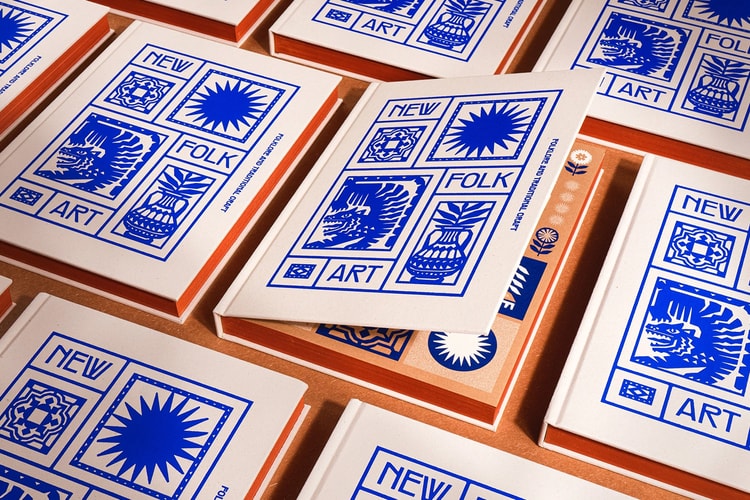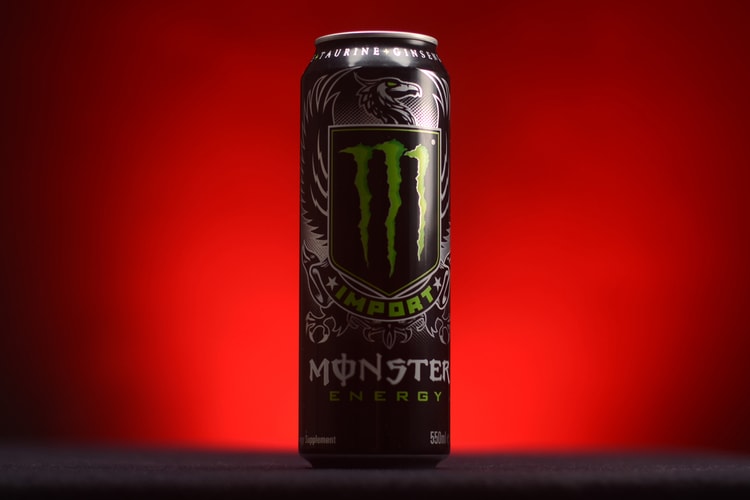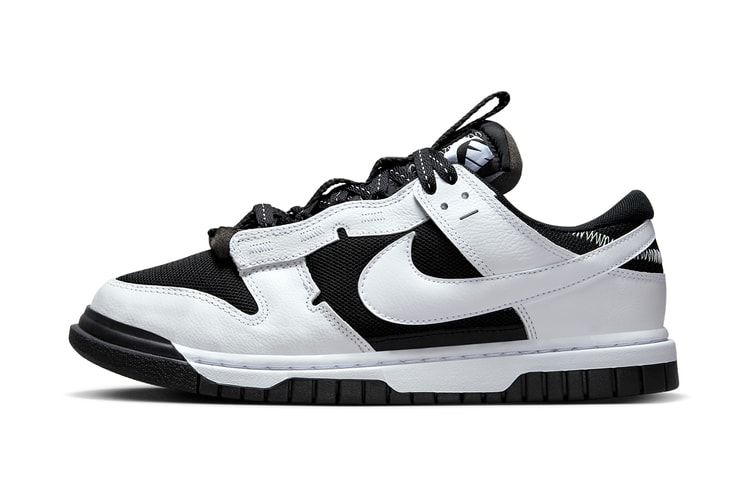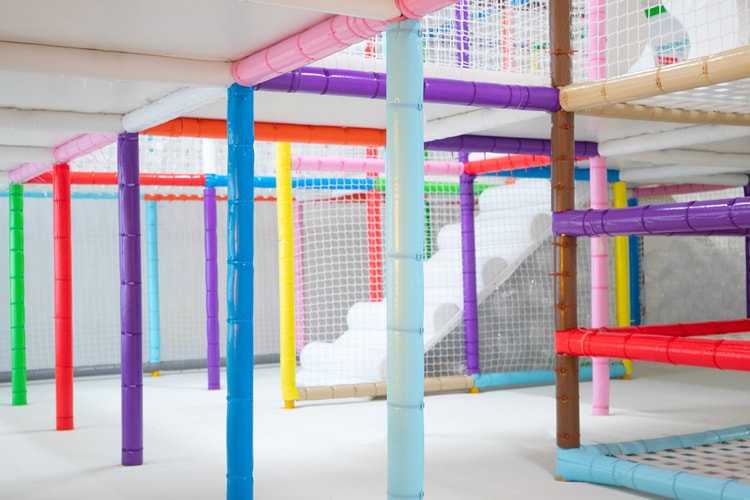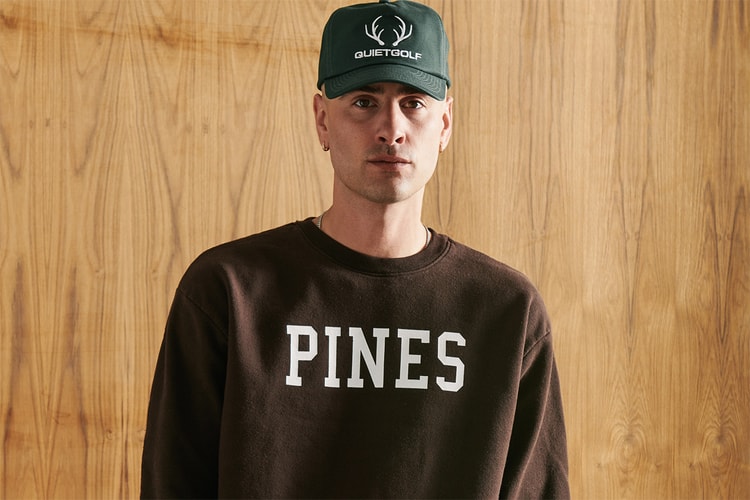How Coachella Became the Influencer's Met Gala
A look back at how the festival’s fashion has evolved through the lens of the internet.

How Coachella Became the Influencer's Met Gala
A look back at how the festival’s fashion has evolved through the lens of the internet.
Every second and third Friday in April, over 250,000 antsy live-music fiends traverse the billboard-packed roads to Indio, California for Coachella’s annual music and arts festival. Among them, thousands of social media creators arrive with suitcases carrying outfits that have been meticulously curated for weeks, or sometimes months, ahead of the three-day event. In packs, they move into their brand-sponsored homes, attend exclusive pre- and post-parties, share aspirational #ads and, most importantly, debut the brave looks they’ve carefully concocted for the weekend. For influencers, Coachella is their Met Gala.
But, how did a music festival that started as an indie punk-rock event transform into a multi-tiered, brand-backed fashion extravaganza? To assess, let’s rewind.
When Coachella first entered the chat in 1999, it was not the heavily-sponsored, style showcase that it is today. It ran under the radar for just one day, and attendees largely rolled up in band tees and casual summer wares (think tank tops, vintage denim, shorts and wide-leg pants). There were no expectations or previously set trends to abide by; instead, the emphasis was placed on comfort and practicality — and, of course, the music.
That wouldn’t last long, however. In the style-defining era that was the early aughts, the festival blossomed into a multi-day music and arts event with more expansive representation from different music genres. As a result, a diverse range of fandoms set up camp on the desert grounds, and with them came the festival’s initial fashion infiltration.
In the 2000s, social media did not have the unwavering chokehold on society that it does today. Sure, MySpace and Facebook were going head to head at the time, but the hunger for #content was nowhere near as prevalent. So it was the paparazzi-pressed A-listers who attended the event that predominantly set the dress codes — and there were many.
Johnny Depp, who often appeared wearing a vintage graphic T-shirt and a fedora, was among the trendsetters for the festival’s bohemian fashion, which was, arguably, the most popular among the various tropes present. Masculine looks included a mixture of surf-infused board shorts, T-shirts and beachy necklaces; while feminine fits, made popular by the likes of Paris Hilton and Nicole Richie, paired peasant blouses with maxi skirts and oversized sunglasses.
The “Indie Rocker” aesthetic only escalated, thanks to festival-goers like the Arctic Monkeys’ Alex Turner, who sported leather jackets, old band T-shirts, Converse sneakers and sunglasses. Meanwhile, the era’s rapidly-evolving hip-hop styles of oversized tees, baggy bottoms and sneakers, made their way to the Southern Californian desert, too. JAY-Z and Ye, among others, can take credit here.
As the decade went on, the world’s April eyes began to fixate on Coachella: the music, the art and more increasingly, the fashion.
With growing cultural relevance, Coachella began its expansion into the multifaceted, label-laden experience that it is today. In 2006, the festival established its inaugural partnership with Heineken to produce branded on-site experiences. Pivotal for the festival, the partnership marked the first of Coachella’s ever-expanding roster of massive brand investments, with companies like H&M, American Express and Absolut Vodka partnering with the festival in the following years.
When social media platforms, particularly Instagram, skyrocketed in popularity in the early 2010s, fashion brands everywhere began to view the festival as the ideal setting for connecting with younger, style-conscious audiences.
Among them, fashion retailer Revolve quickly became synonymous with the festival, thanks to its now-controversial Revolve Fest. The event, which occurs nearby on the same weekend as Coachella, emerged as a must-attend attraction for both celebrities and influencers alike, many of whom were (and continue to be) dressed head-to-toe in the brand’s festival-ready designs. Other brands, including Levi’s, Puma, Guess and Forever 21, similarly started looking to Coachella as a partner for showcasing their products with extensive influencer collaborations.
At this time, celebrities started to leverage social media to attract more attention to their festival looks. (I think we all remember Vanessa Hudgens, or the unofficial “Coachella Queen” of the 2010s, and her viral flower crowns). But it was also at this point that popular YouTube and Instagram creators — the Zoellas, Tyler Oakleys, Aimee Songs and Marcus Butlers of the world — trekked outside of Los Angeles to create Coachella content. Not only did the event offer an opportunity for “OG” influencers to network with one another, it also provided a space for the social-media famous to showcase their individual style, promote brands and share the experience with their fanbases, more intimately than a celebrity could.
Many, whose specialties lay in fashion, beauty and lifestyle, utilized Coachella as a means of putting forth new trends. When influencers began flocking to Indio in larger numbers around 2014 and 2015, their impact was most felt on the festival’s fashion culture. The goal, for everyone attending, was to stand out, but influencers took this target a step further, pushing boundaries with ultra-creative fashion choices, collaborating with brands to create custom looks and some even hiring stylists for the weekend — all in pursuit of increased online engagement.
As a result, Coachella’s style codes turned more individual, attention-grabbing and explosive in the 2010s. Bold, vivid prints oftentimes permeated wide shots of the event, with many opting for geometric and floral iterations atop printed button-downs, jumpsuits and rompers. The bohemian trend remained prominent, while accessories were enlarged for statements. Round sunglasses, colorful jewelry, Western belts, boots and hats became uniform, while patchwork and embroidered denim emerged as a key trend. Of course, social media creators are not solely responsible for this shift, but their influence is certainly a contending factor.
Amidst this (and all the dollar signs circulating the event), it was only a matter of time before festival fashion emerged as a standalone industry. While celebrities and social media creators began to largely influence the general public’s style choices for the festival, brands started to produce specific collections targeted at Coachella attendees. The market, which has continued to flourish (for better or for worse), has become an essential component of the festival experience.
View this post on Instagram
However, Coachella’s mushrooming rolodex of branded partnerships — and the external flood of festival-specific product categories and influencer brand deals — have not gone without controversy. Critics have argued that the festival and its sponsored attendees’ intensified commercialization has shifted the focus away from the music and Coachella’s original spirit of artistry. Others pose concerns about the festival’s environmental impact, with huge amounts of waste created by branded activations and one-time wares. Despite this, it’s no secret that the festival’s partnerships — and those surrounding it — have immensely contributed to its growth.
In recent years, Coachella has become one of the most heavily documented music festivals on social media, with thousands of influencers and regular folk alike attending and posting about the experience each year. After Coachella was canceled in 2020 and 2021 due to the pandemic, the event’s return last year saw festival-goers’ style reflect a surge in consumerism, in a go-big-or-go-home attempt to make up for lost time.
Thanks to the meteoric rise of TikTok, there was an entirely new class of “For You” faces ready to make their desert debut, and there was a short-form roundtable for anyone and everyone to weigh in on the festival’s happenings. Many creators did the internet’s song and dance, opting to share heavily-curated highlight reels from the festival. Others offered raw takes on the “real” Coachella experience, detailing the desert’s grueling dust, massive lines and logistical inconveniences. Between both, conversations about attendees’ styles emerged at the forefront.
Among the social-media famous, Wisdom Kaye sported a luminous all-pink look, with flared pants, a utilitarian coat and a graphic-heavy button-down. Elsewwhere, Bretman Rock lit up the grounds in a distressed, neon-green denim set that appeared ready for festival battle, while Rickey Thompson wore a leather blazer with dramatically-enlarged shoulders and matching, lace-up pants, from fellow influencer Denzel Dion’s fashion label Noid. Mainstream celebrities, on the other hand, like Justin Bieber, Hailey Bieber and Kylie Jenner, entered the festival grounds in intentionally minimal styles, including pared-back variations of leather jackets, white T-shirts and jeans.
View this post on Instagram
Where true celebrities preferred simple looks, content creators left nothing unstated. The stark contrast between their wares leads us back to our initial point: Coachella has become the influencer’s Met Gala.
Now, of course, it’s not the Met Gala, or anything close to it (Coachella is still a music festival, after all), but the experience does provide social media creators a moment to showcase their over-the-top fashion tastes, in a similar cadence. Their entire livelihoods depend on driving engagement through their social media accounts, so why wouldn’t they attempt to create the biggest moment possible out of, well, anything? Coachella, specifically, provides the ideal backdrops, brand partnerships and collaboration opportunities to do exactly that over three full days. The approach makes sense.
And honestly, from a viewer’s perspective, it’s quite exciting to witness fashionable experimentation on the festival grounds. In an era where the uber-rich and uber-famous are largely opting for quiet luxury and “stealth-wealth” styles, it’s refreshing to see content creators take risks with kooky silhouettes and daring designs. Of course, their fashion choices will likely not fancy everyone, but that’s always up for interpretation. And doesn’t that make for a good conversation about style?
All this aside, it’s important to remember that the vast majority of Coachella-goers are there to see their favorite artists and have a good time. While the festival has dramatically evolved over the last two decades, the music still beats through its core. But, we’d be lying if we said we weren’t excited to analyze this weekend’s forthcoming swarm of fit pics.







